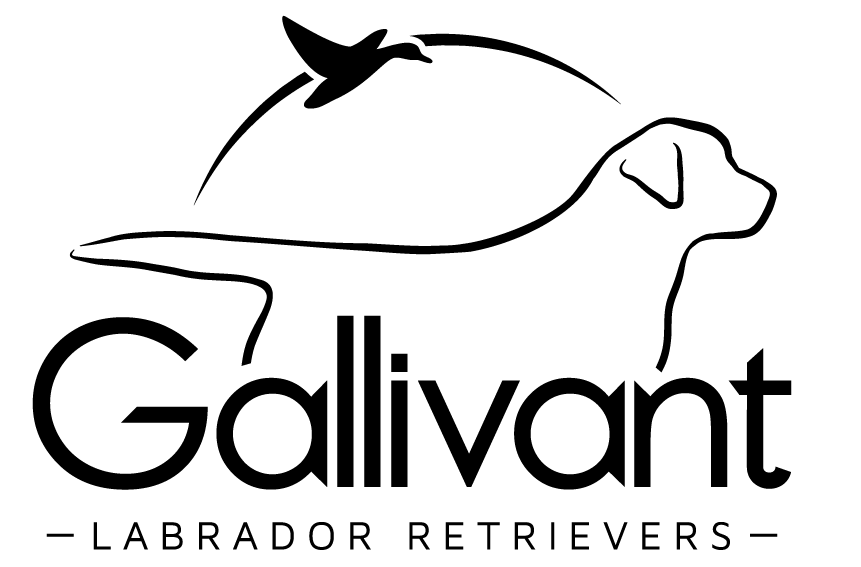What is Giardia?
Giardia is a microscopic parasite classified as a protozoa that infects both humans and animals, making it a zoonotic concern. Dogs are particularly susceptible to a specific species known as Giardia duodenalis, with symptoms most commonly observed in puppies and young dogs. These tiny parasites attach to the lining of the intestinal walls, where they absorb nutrients. As they migrate through the intestines, they transform into cysts—a hardier and more resilient form of the parasite— which are subsequently excreted in the dog's feces. These cysts are invisible to the naked eye and can survive in feces for months, posing a risk of infection.
Transmission and Symptoms
Dogs can contract Giardia through contact with infected feces or by interacting with other infected dogs. Once infected, a dog may develop symptoms, typically presenting as chronic diarrhea or bulky, foul-smelling stools containing excess fat, known as “steatorrhea.” Additional symptoms may include lethargy, decreased appetite, weight loss, abdominal pain, and occasional vomiting. These symptoms arise because Giardia irritates the intestines and disrupts normal nutrient and fluid absorption, leading to diarrhea. The immune system's response to the infection can further result in abdominal cramps and discomfort.
Asymptomatic Carriers and Prevalence
A crucial thing to understand about Giardia is that most infected dogs never get sick or exhibit symptoms. Your dog may have had or currently have Giardia without you even knowing. Some studies suggest that 15-30% of all dogs may be infected with giardiasis, with prevalence rates in some populations exceeding 45%. Symptoms are more likely to occur in young dogs or those with compromised immune systems, while healthy older dogs may remain asymptomatic, meaning they will never show the above-described symptoms, despite being infected.
Diagnosis and Treatment Options
If your dog displays symptoms, a veterinarian can diagnose Giardiasis through a fecal sample and prescribe anti-parasitic medications such as Fenbendazole or Metronidazole. Beyond medication, it is essential to eliminate traces of the parasite to prevent reinfection. Cysts can linger in the environment and on the dog's coat, so cleaning surfaces with disinfectants, boiling water, or steam is necessary. Daily disposal of feces and washing the dog with chlorhexidine shampoo can also help remove cysts. The primary goal of treatment is to alleviate symptoms, but completely eliminating Giardia can be much more difficult to achieve, and reinfection is always a possibility after walks or interactions with other dogs. Therefore, routine testing for Giardia after treatment or when your dog shows no symptoms is generally not advisable.
The Challenge of Prevention
Preventing your dog from encountering Giardia is almost impossible. Activities like taking a walk in the park, meeting other dogs, or even drinking from a puddle of water can easily expose your dog to this parasite. Given the prevalence of Giardia in the environment, it is nearly unavoidable for dogs, especially those that are social or adventurous, to encounter potentially contaminated areas. However, it is important to understand that while dogs may be exposed to Giardia, symptoms of infection are very unlikely to develop. Many dogs possess robust immune systems that can effectively combat the parasite without leading to noticeable health issues. Even when symptoms do manifest, they can be managed with appropriate veterinary care, allowing your dog to enjoy their life to the fullest despite the challenges posed by this common parasite.


